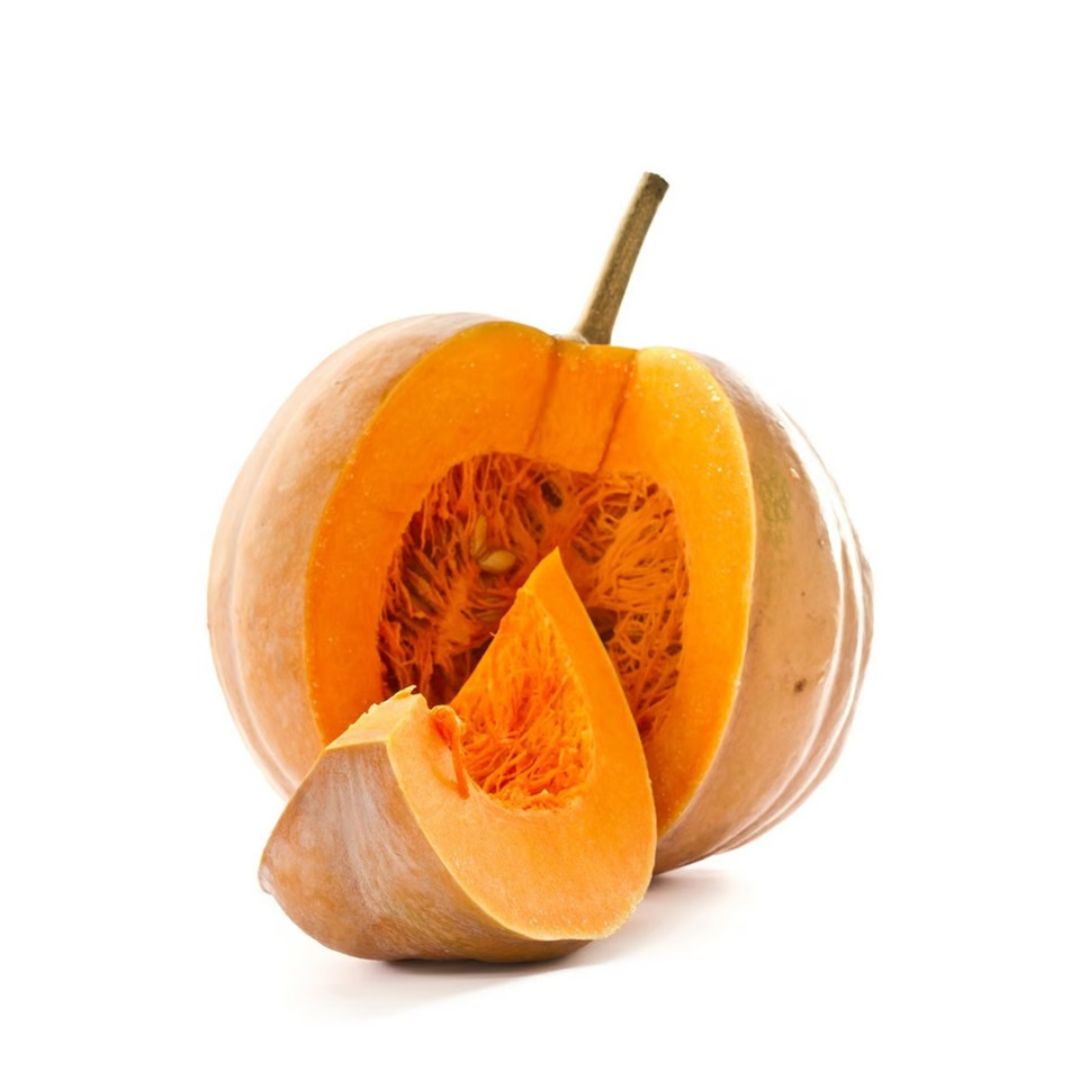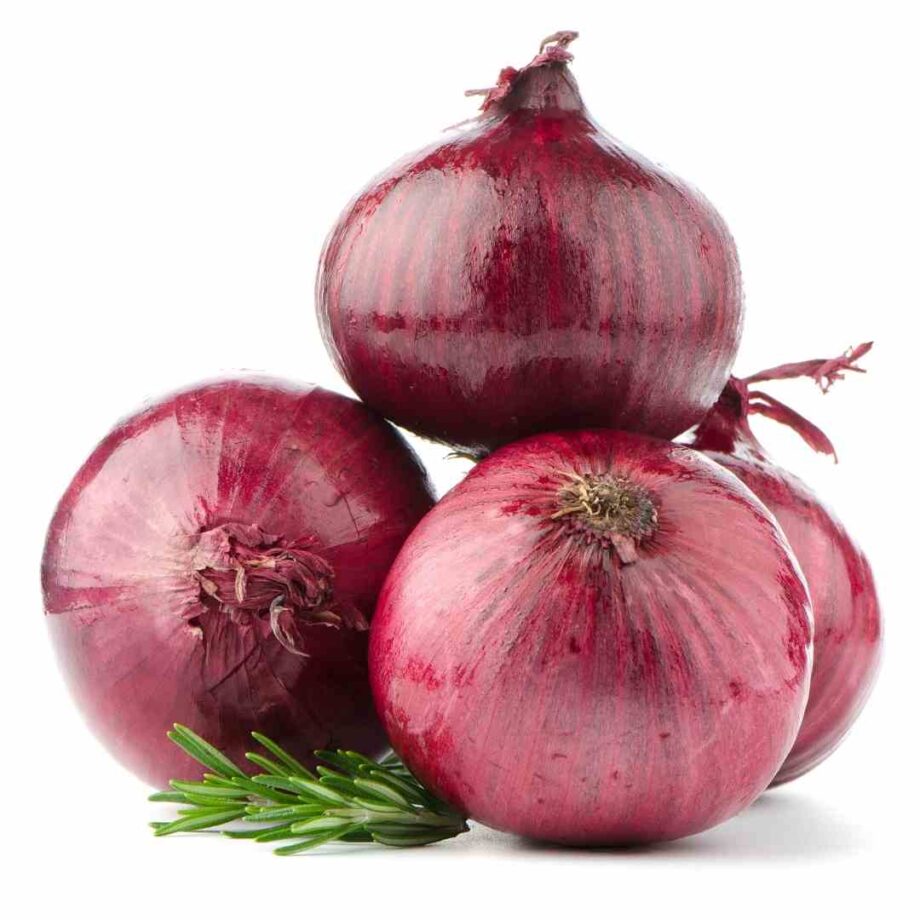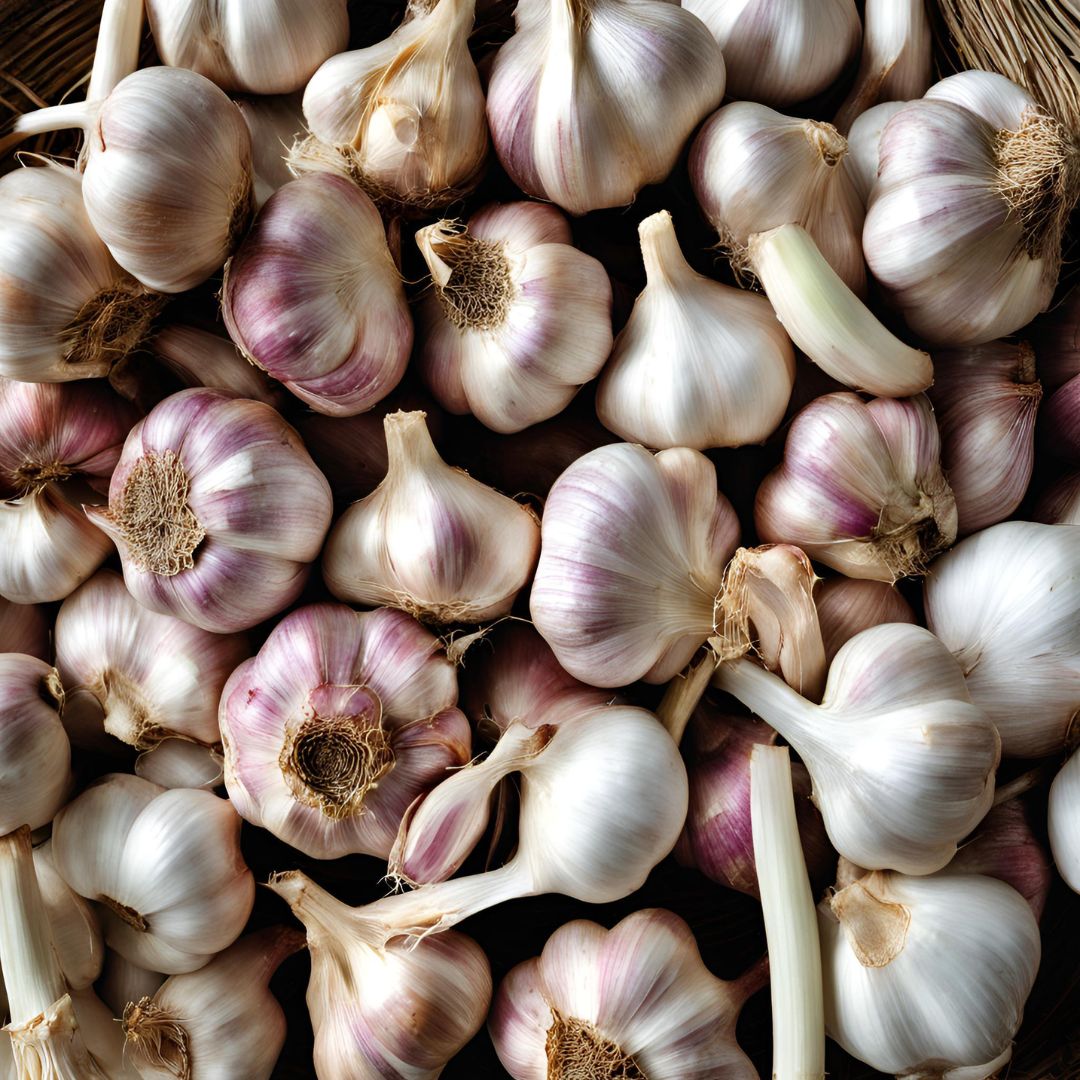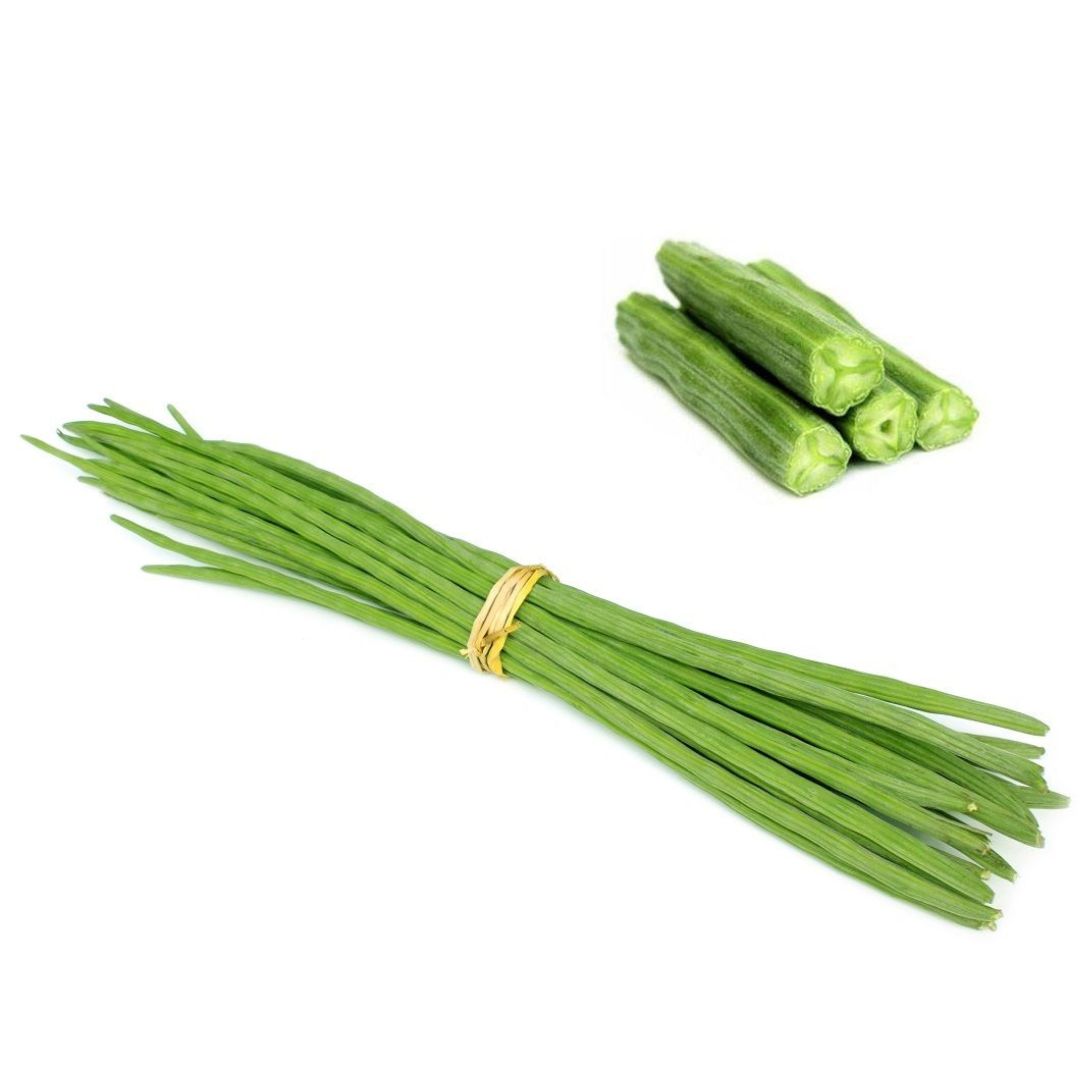Varieties of Indian Red Pumpkin
1. Desi Red Pumpkin:
• The most common variety grown in India.
• Has a deep red-orange color with a sweet, firm flesh.
• Primarily used in traditional Indian curries, soups, and desserts.
2. Hybrid Red Pumpkin:
• A cross between various varieties for higher yield and disease resistance.
• Typically has a firmer texture and better shelf life.
3. Small Red Pumpkin:
• Smaller in size but known for its concentrated flavor and sweetness.
• Commonly used in smaller households or for specific regional recipes.
Top Red Pumpkin-Producing States in India
1. West Bengal: Known for its large-scale production of red pumpkin, particularly in districts like Nadia, Hooghly, and Purulia.
2. Uttar Pradesh: A significant producer, particularly in the agricultural regions of the state.
3. Madhya Pradesh: Cultivates large quantities of red pumpkin for both domestic and export markets.
4. Gujarat: Known for pumpkin cultivation, especially in areas like Saurashtra.
5. Bihar: Grows red pumpkin extensively in its rural farming areas.
Packaging and Transportation
1. Packaging Standards:
• Fresh red pumpkins are typically packed in ventilated cartons, plastic crates, or wooden boxes.
• Standard packing sizes are 5kg, 10kg, or 15kg per box.
• The packaging should ensure proper ventilation to avoid moisture buildup and preserve the freshness of the pumpkin.
• Labels should include the variety, grade, weight, and country of origin.
2. Storage and Transport:
• Ideal temperature: Store fresh red pumpkin at 10–15°C to maintain its freshness and quality.
• Humidity: Moderate humidity (80–85%) is ideal for storage to prevent dehydration and shrinkage.
• Fresh red pumpkin should be transported in refrigerated containers or cool storage to prevent spoilage and damage during transit.
Advantages of Indian Fresh Red Pumpkin
1. Nutritional Value:
• Red pumpkin is rich in vitamins A and C, fiber, and antioxidants, making it a popular health food.
2. Long Shelf Life:
• Fresh red pumpkin has a relatively long shelf life, which makes it ideal for export and long-distance transportation.
3. Affordability:
• India’s large-scale pumpkin production ensures that fresh red pumpkin is available at competitive prices.
4. Versatility:
• Used in a variety of culinary dishes, from savory curries and stews to sweet pies and desserts. It’s also a key ingredient in soups, juices, and chutneys.
Challenges in Red Pumpkin Export
1. Perishability:
• Although red pumpkin has a longer shelf life compared to many other vegetables, it still requires careful handling and cold chain logistics to ensure that it arrives fresh in export markets.
2. Quality Control:
• Maintaining uniformity in the size, shape, and color of the pumpkins is important for export markets, as consumers expect high-quality produce.
3. Market Competition:
• India faces competition from other pumpkin-producing countries like China, the United States, and Canada.
4. Storage and Handling:
• Proper storage conditions are crucial to maintain the texture and color of fresh red pumpkin during transit.
Opportunities
1. Organic Red Pumpkin:
• As organic produce becomes more popular worldwide, exporting organic red pumpkin could cater to health-conscious consumers and tap into growing markets for organic vegetables.
2. Processed Pumpkin Products:
• Value-added products such as pumpkin puree, frozen pumpkin, pumpkin seeds, and pumpkin paste are in demand in international markets, offering an opportunity for higher margins and longer shelf life.
3. Health Consciousness:
• With growing awareness of healthy eating, red pumpkin’s rich nutritional content, particularly its high vitamin A and antioxidant levels, can be marketed as a superfood.
4. Cultural and Regional Cuisines:
• Red pumpkin is widely used in various cuisines globally, including in dishes like pumpkin soup, pies, and curries, offering opportunities for international export.




